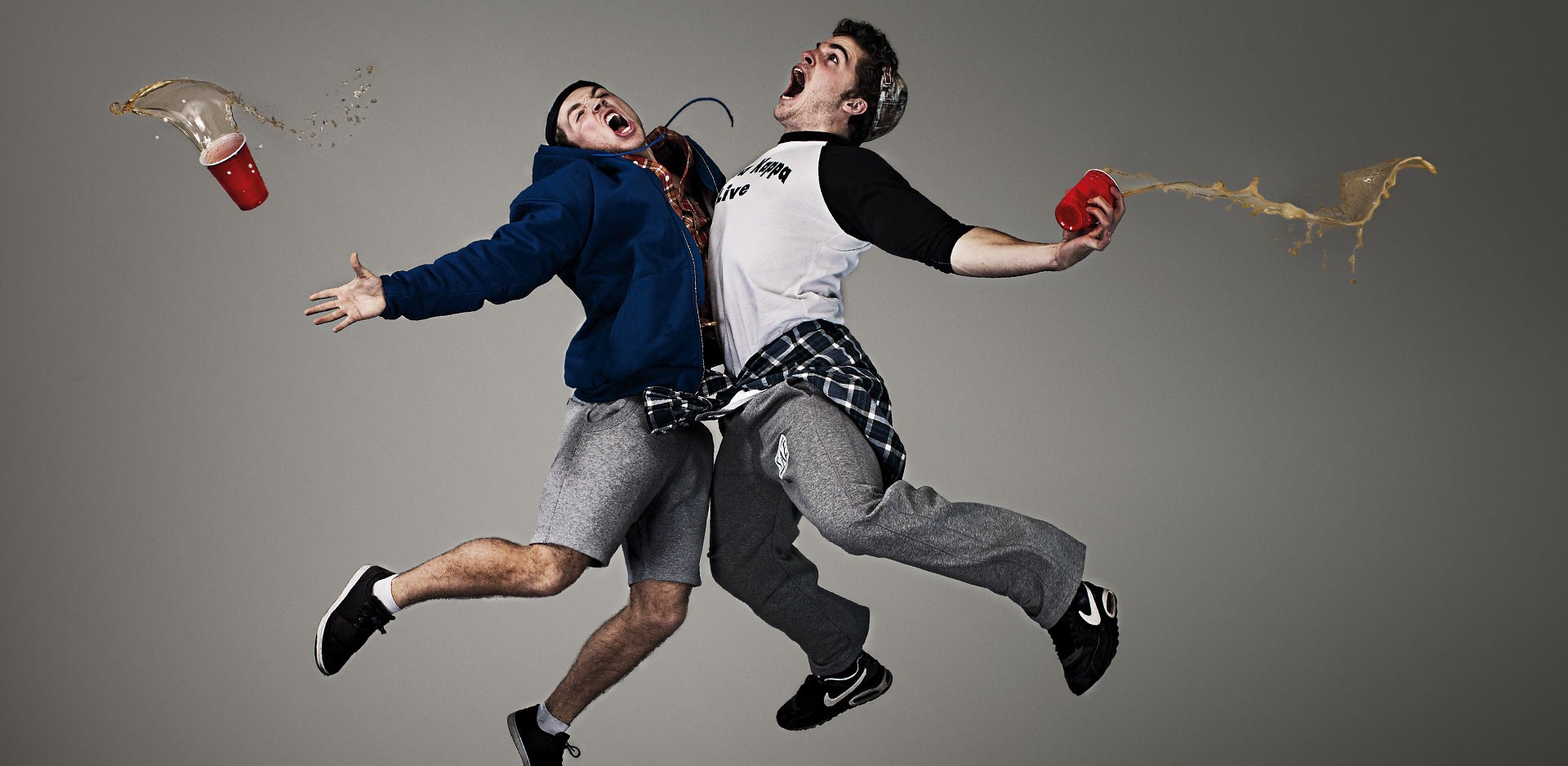Abstract
This
research paper discusses how fraternity men’s masculinity combined with
excessive amounts of alcohol lead to a multitude of problems. Such problems include sexual and physical
violence, over-the-top hazing events, injuries, and death. Binge drinking occurs on campuses all over the
country and is on the rise substantially among Greek organizations. Binge drinking occurs when a male drink five
beverages and women drink four beverages in a short period of time. Fraternity men consume much more than that on
a nightly basis because they feel the need to try and prove how manly they
actually are. When intoxicated, it is
like second nature for these men to act like they are on top of the food
chain. To curb this phenomena, we must
begin to find more effective solutions.
Solutions could be anywhere from new forms of masculinity counseling to
positive masculine growth. The only way
for these men to receive help is by letting others in, something that they
really are not familiar with. This is why
we must make conscious efforts that help men give in to counseling and help.
Bibliography
Works Cited
Engstrom, Craig L. "“Yes …, But I Was Drunk”: Alcohol
References And The (Re)Production Of Masculinity
On A College Campus." Communication Quarterly 60.3 (2012): 403-423. Communication & Mass Media Complete.
Web. 28 Apr. 2016.
Iwamoto, Derek Kenji, et al. "“Man-Ing” Up And Getting
Drunk: The Role Of Masculine Norms, Alcohol
Intoxication And Alcohol-Related Problems Among College Men." Addictive Behaviors 36.(2011): 906-911. ScienceDirect.
Web. 28 Apr. 2016.
Kimmel, Michael S. Guyland: The Perilous World Where Boys
Become Men. New York: Harper, 2008.
Print.
McKee, Shane Patrick. "Mantalk: Fraternity Men and
Masculinity." ProQuest LLC (2013). ERIC. Web.
28 Apr. 2016.
Peralta, RL. "College Alcohol Use And The Embodiment Of
Hegemonic Masculinity Among European
American Men." Sex Roles 56.11-12 (n.d.): 741-756. Social Sciences
Citation Index. Web. 28 Apr. 2016.
Ragsdale, Kathleen, et al. "'Liquor Before Beer, You're
In The Clear': Binge Drinking And Other Risk
Behaviours Among Fraternity/Sorority Members And Their Non-Greek Peers." Journal Of Substance Use 17.4 (2012):
323-339 17p. CINAHL with Full Text. Web. 28 Apr. 2016.
Sasso, Pietro A. "An Examination of Alcohol
Expectations and Social Desirability in Fraternity Members on American College Campuses." ProQuest LLC (2012).
ERIC. Web. 28 Apr. 2016.
Sasso, Pietro A. "Towards A Typology Of
Fraternity/Sorority Programs: A Content Analysis." Oracle: The Research Journal Of The Association Of
Fraternity/Sorority Advisors 7.1 (2012):
22-42. Academic Search Premier. Web. 28 Apr. 2016.
Syrett, Nicholas L. The Company He
Keeps. Chapel Hill: University of North Carolina Press, 2009. Print.
West, Lois A. "Negotiating Masculinities In American
Drinking Subcultures." Journal Of Men's Studies:
A Scholarly Journal About Men And Masculinities 9.3 (2001): 371-392. MLA International Bibliography. Web. 28 Apr.
2016.


